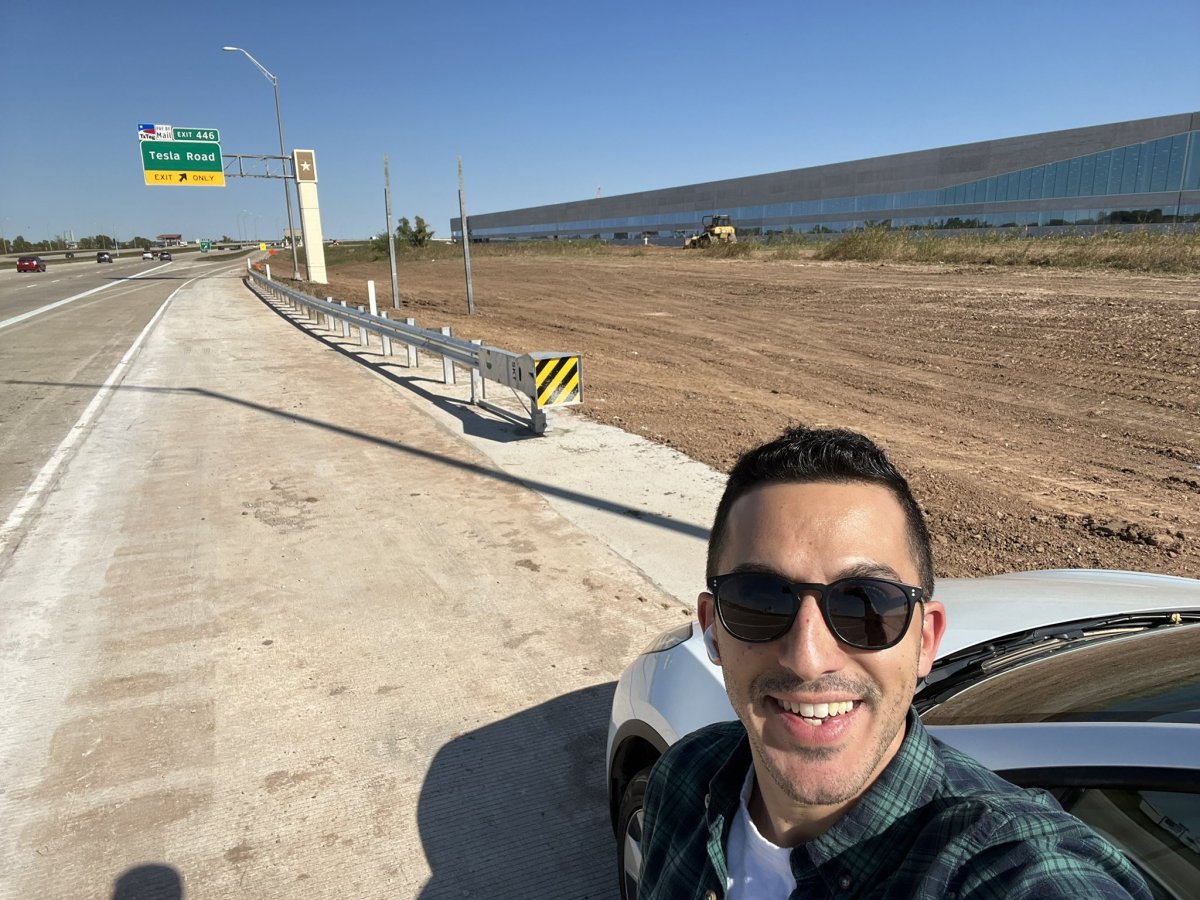Tesla Executive Omead Afshar Departs as Tesla's Focus Also Changes

Omead Afshar, who was previously Elon Musk’s “Fixer” and the Head of Operations for North America and Europe, has left the company, according to reports from Forbes and Bloomberg.
While some sources have claimed he was fired, others say he voluntarily left, but his exit isn’t exactly an isolated event.
Afshar’s departure is the second high-level exit this month, following Optimus' lead, Milan Kovac. When viewed together, alongside Elon's full-time return to Tesla, these changes may offer some insight into the pressures the Tesla executive team is facing during a transitional period.
Transition from what, you may ask? Well, from the world’s largest EV company to an AI and robotics-first company. This transition has been looming for years, and with Elon’s vision of a future powered by autonomous vehicles and humanoid robots. It’s the path that Tesla is determined to forge, ahead of anyone else, and despite the immense challenges of real-world AI.
Two Competing Narratives
Two primary theories have emerged to explain the timing of Afshar’s exit, and each paints quite a different picture.
The first, supported by the reporting from Forbes, frames him as a casualty of Tesla’s current sales issues. With sales having declined for five consecutive months in Europe and dropping in the US, the second quarter of 2025 has been rough for Tesla. In conjunction with recent factory shutdowns, a lot is happening behind the scenes, with Robotaxi taking the limelight and the missing Affordable Model in the backseat. Afshar’s departure could be the result of a move to show accountability for the performance drop of the core business he managed.
The second narrative is one of “mission accomplished.” Just days before his abrupt exit, Afshar posted a celebratory message on X about the successful launch of the Robotaxi Network.
Absolutely historic day for Tesla.
This has been years of hard work and focus by so many people within the company.
Thank you, Elon, for pushing us all! https://t.co/2FPKU77ZOo
He followed up with a second celebratory-styled message the day after - it was a project he was deeply involved in as the do-it-all executive for Elon. This has led to speculation that his departure was planned, and potentially tied to compensation vesting with the launch of the Robotaxi Network, allowing him to leave on a high note after seeing the kick-off of one of Tesla’s most critical projects. This follows other recent departures of Tesla’s executive team, many of whom have gone to full-time retirement following years of hard work.
The Bigger Picture: What Is Tesla, really?
While both theories are plausible, the truth may be that Afshar’s departure is the symptom of a much larger challenge. Tesla is balancing two very different corporate identities.
On one hand, it's a manufacturing and sales powerhouse, responsible for the world’s best-selling electric vehicles, a business facing intense competition and brand perception challenges that even Elon has acknowledged.
On the other hand, Tesla is the only company shipping real-world AI for consumers, and betting its future on robotics and AI with massive investments in capacity for both future businesses.
The recent executive churn suggests that this balancing act is creating some strain, especially for Tesla’s senior executives. The departure of Milan Kovac signaled pressure on the future side of the business, where progress has been slow but consistent. Now, the exit of Afshar, who ran the “legacy” automotive side of the business, shows there’s pressure there, as the automotive business navigates a period of flattening growth and intense global competition.
So, we ask again - What is Tesla, really? Is it an AI and Robotics company? Kind of, but not really. Is it an EV company? Once again, kind of.
In our eyes, it is no longer just an EV company, but it’s at a critical point where it is transitioning to an AI and robotics company.
Tesla’s messaging to the outside world is similarly conflicted. On the one hand, the launch of the refreshed Model Y, a massive boost for the business, went seemingly unnoticed by Elon, who only posted a single update on the Model Y after its launch. On the other hand, we’ve seen consistent and non-stop posts about Robotaxi, which is likely years away from generating a significant portion of Tesla’s profits.
A Company in Transition
Ultimately, Omead Afshar’s departure is more than a single personnel change; it’s a reflection of Tesla navigating a crucial and challenging transition. The evidence of an abrupt halt, with internal sources reporting his account has been removed from internal company directories, suggests that there’s more to this than meets the eye.
Whether he was fired for declining sales or chose to leave after the successful launch of the Robotaxi Network, the outcome is the same. A key leader, tasked with managing the core business of the present, is gone at the very moment when the company is changing its path towards AI and robotics.
Being both a car company in a tough market and an AI company on the verge of a breakthrough is a monumental challenge, and the path forward is likely to see even more changes.

